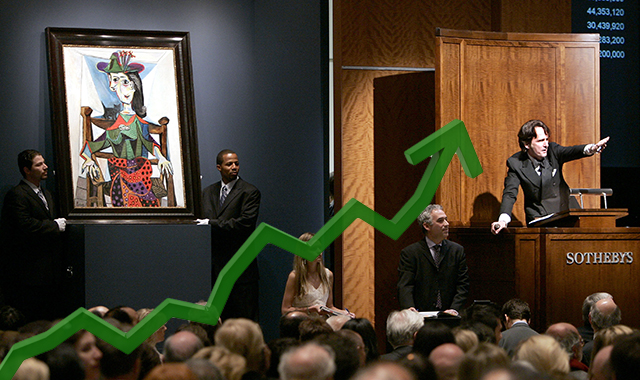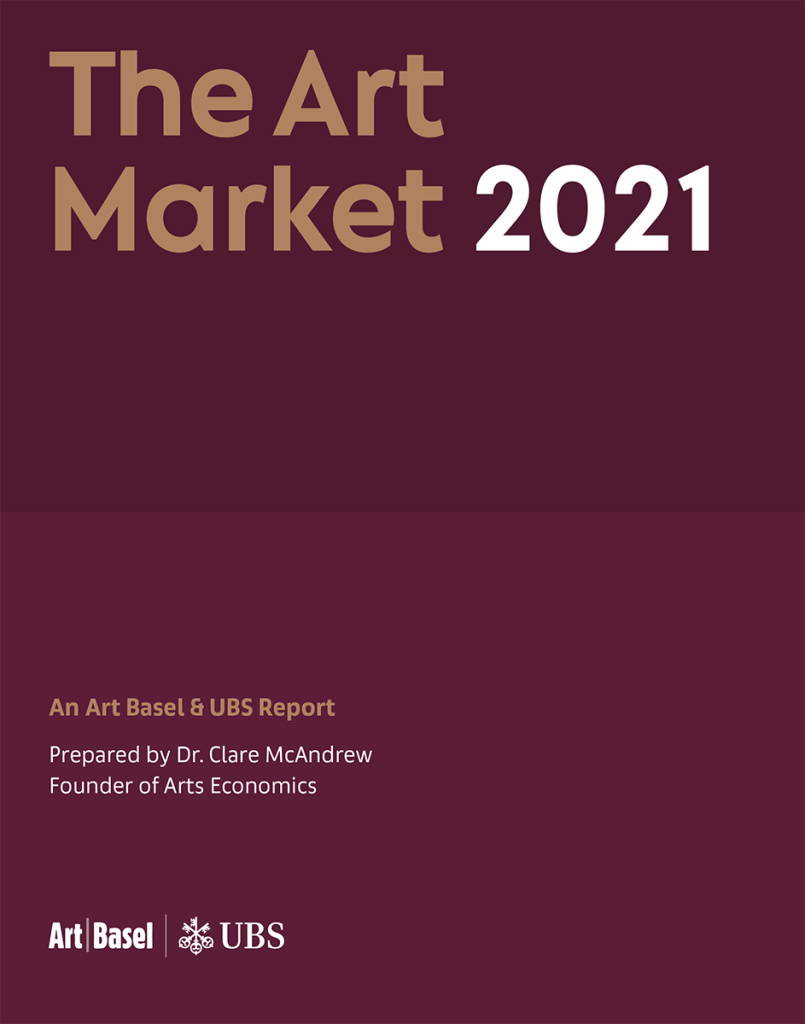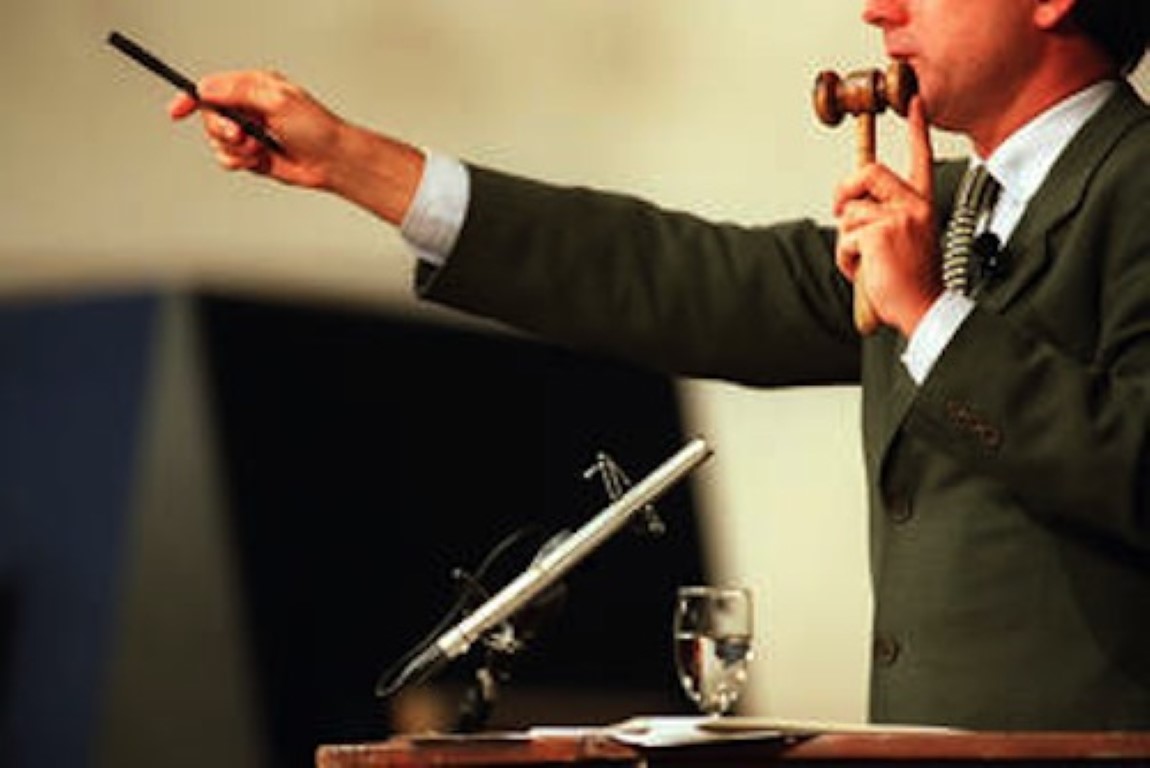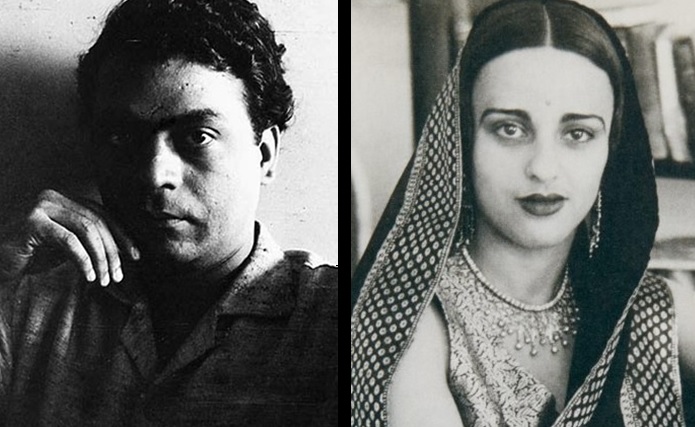Investing in Art is a great idea though like any other form of investment this too has its advantages and risks. While earlier art was collected more like a passion, without a doubt art as an investment has gained popularity over time. The art market has diversified and with art investment growing in popularity and accessibility, the number of art collectors in India and around the world has seen a steady rise.
Here are some things to keep in mind before investing
Network with Experts
Get in touch with professional and experienced Art Consultants, Curators, Artists, or Gallery owners. Interacting with experts can increase your knowledge and will provide you a better understanding of the art market in order to make an informed decision. The best way to learn and interact with experts is to attend frequent exhibitions, art fairs, and auctions.
Focus on One Category
Focusing on one style or category of painting that interests you the most can turn out to be a significant aspect in you choosing the right piece. Pay attention to the subjects, style, and color palette rather than picking up a random piece that appeals to you for a moment. The more you concentrate on one category the more the better are your chances of making the right decision.
Learn about the artist
It is important to do thorough research about the artist. Considering different factors like whether the artist is emerging or established autodidact or formally educated will help you learn about their life, artistic journey, and achievements. An artist’s participation in a group or solo exhibition is an indication of how established they are. It is advisable to learn about their participation, awards and honours before investing in senior as well as young artists.
Know Your medium
Understanding your medium is an essential aspect to keep in mind before buying the artwork. Every medium has a different charm and style hence one need to be aware as a different style of paints requires different kinds of maintenance which includes framing, cleaning, and installing. Physical surroundings like temperature, weather conditions play an important role in the longevity of the weather conditions, temperature, etc. It is best to choose the painting that is apt according to your physical surroundings.
Documents and Paperwork
As a collector one must do their research and homework in terms of what supporting documents are provided by the galleries and auction houses.
Authencity certificates from the artist or gallery will be a valuable document if one ever decides to re-sell the work or pass it on to the next generation.
Along with authenticity one can also ask for provenance certificate, a provenance is usually given be a collector or gallery if the artist is no longer alive or the artwork has been passed on through generations. It generally provides a chain of ownership which is a useful document in understanding the history of purchase and can be extremely helpful in evaluation the value of the work.
Take Small Steps
Don’t be in rush to collect in bulk. The best way to build your collection and invest wisely is to go slow in order to have knowledge and understanding of how to the art market works. Learn about how and where to invest and what would be its resale value after a considerable amount of time.
Once you have an idea of what you want to buy and what appeals you the most it will be easier to make an informed decision.
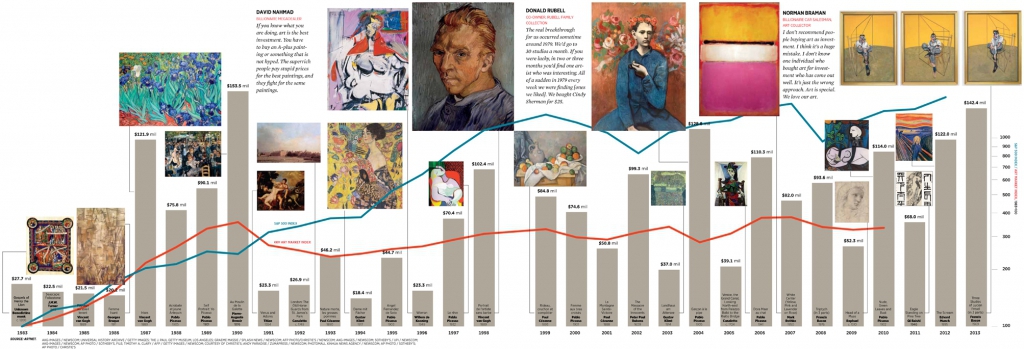
Contributor

